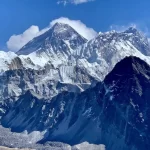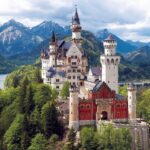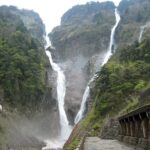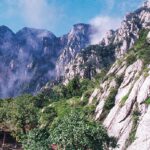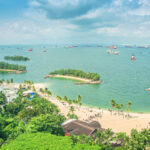
Mexico, officially the United Mexican States, is a country in the southern portion of North America. It is bordered to the north by the United States; to the south and west by the Pacific Ocean; to the southeast by Guatemala, Belize, and the Caribbean Sea; and to the east by the Gulf of Mexico. Mexico covers 1,972,550 square kilometers (761,610 sq mi), making it the world’s 13th-largest country by area; with approximately 126,014,024 inhabitants, it is the 10th-most-populous country and has the most Spanish-speakers. Mexico is organized as a federation comprising 31 states and Mexico City, its capital. The capital is not only a primate city, with a population of approximately 21 million, but also one of the world’s largest cities. (Source from Wikipedia)




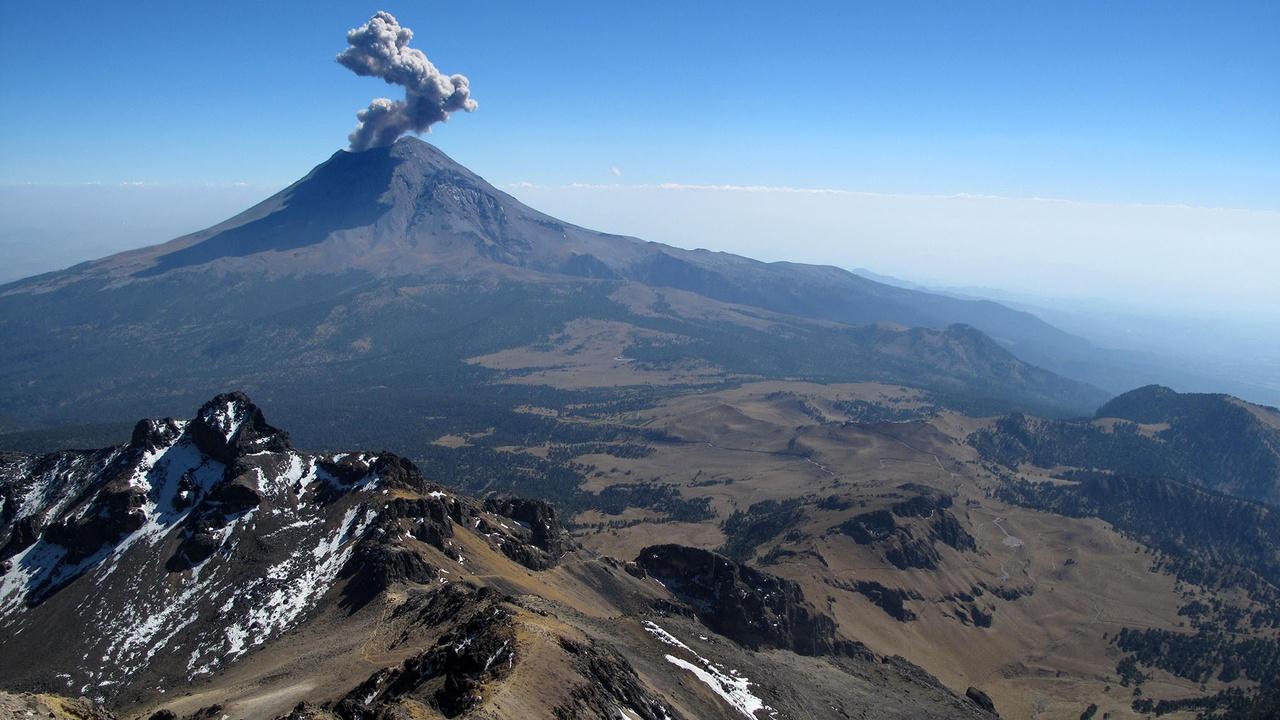
1. Chichén Itzá
Chichen Itza was a major focal point in the Northern Maya Lowlands from the Late Classic (c. AD 600–900) through the Terminal Classic (c. AD 800–900) and into the early portion of the Postclassic period (c. AD 900–1200). The site exhibits a multitude of architectural styles, reminiscent of styles seen in central Mexico and of the Puuc and Chenes styles of the Northern Maya lowlands. The presence of central Mexican styles was once thought to have been representative of direct migration or even conquest from central Mexico, but most contemporary interpretations view the presence of these non-Maya styles more as the result of cultural diffusion. Chichen Itza was one of the largest Maya cities and it was likely to have been one of the mythical great cities, or Tollans, referred to in later Mesoamerican literature. The city may have had the most diverse population in the Maya world, a factor that could have contributed to the variety of architectural styles at the site.
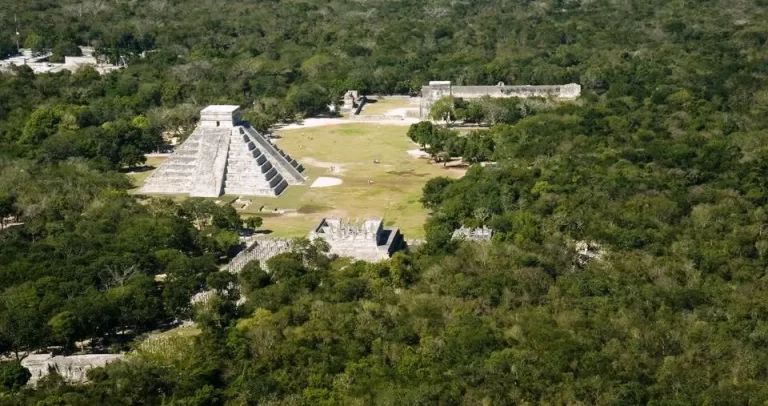
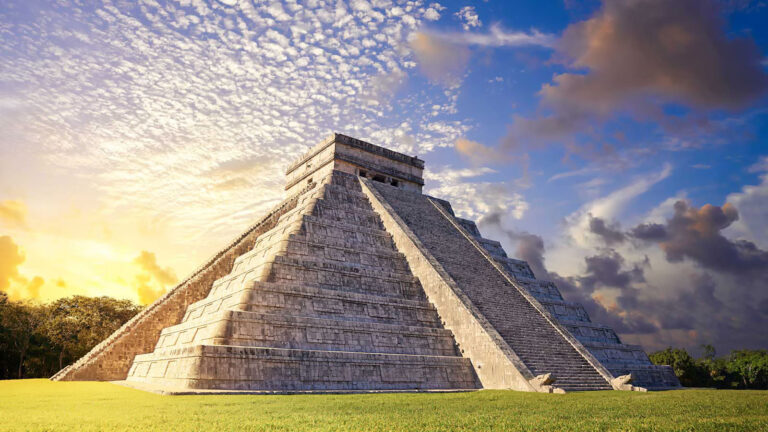

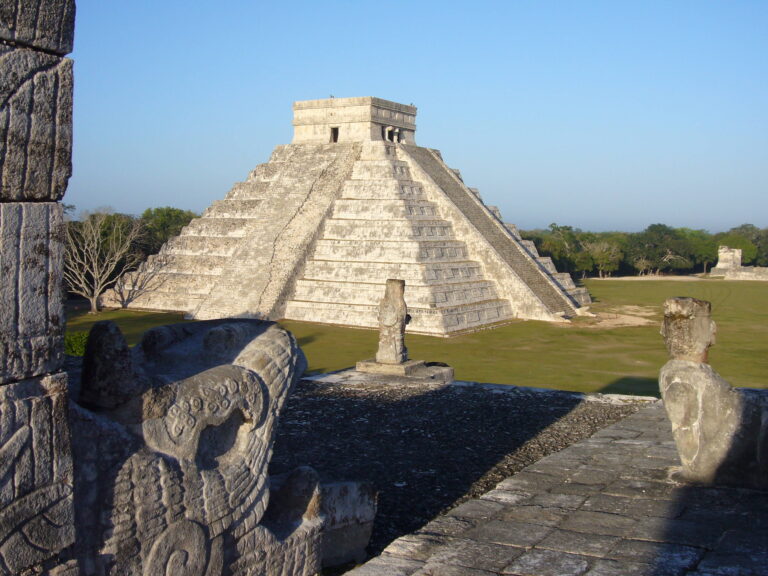
![tour-chichen-itza-from[1]](https://hobbymart.net/wp-content/uploads/2022/05/tour-chichen-itza-from1.jpg)
![Excursion-dune-journee-a-Chichen-Itza-au-depart-de-Merida-1024x614[1]](https://hobbymart.net/wp-content/uploads/2022/05/Excursion-dune-journee-a-Chichen-Itza-au-depart-de-Merida-1024x6141-1-768x461.jpg)
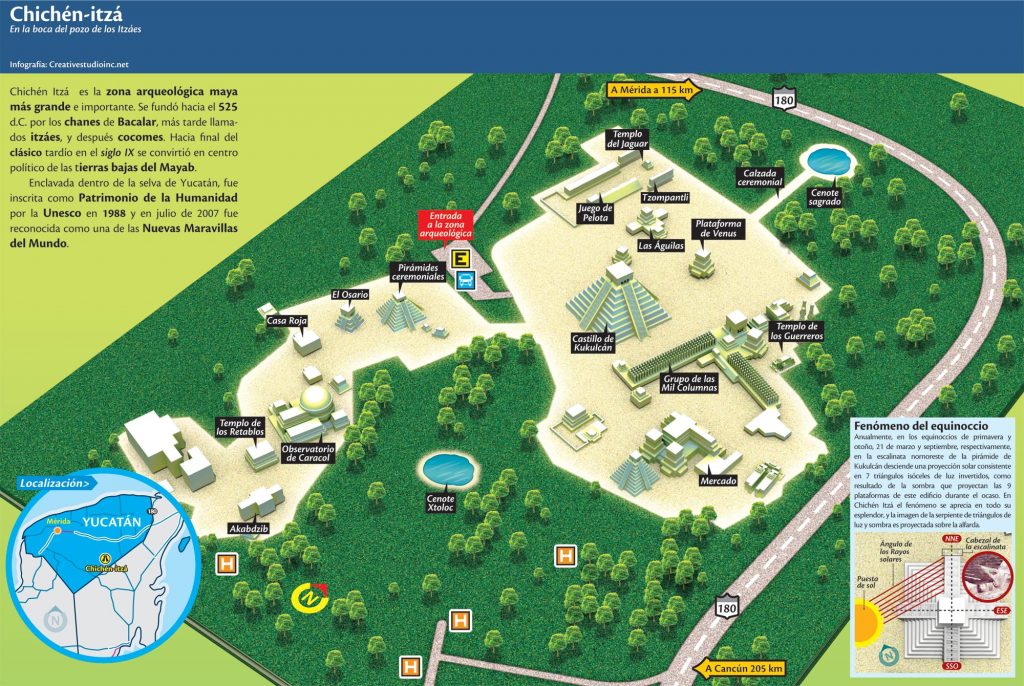

2. Huasteca Potosina
La Huasteca is a geographical and cultural region located partially along the Gulf of Mexico and including parts of the states of Tamaulipas, Veracruz, Puebla, Hidalgo, San Luis Potosí, Querétaro and Guanajuato. It is roughly defined as the area in which the Huastec people had influence when their civilization was at its height during the Mesoamerican period. Today, the Huastecs occupy only a fraction of this region with the Nahua people now the most numerous indigenous group. However, those who live in the region share a number of cultural traits such as a style of music and dance, along with religious festivals such as Xantolo.
![Huasteca-Potosina-lugares-para-descubrir[1]](https://hobbymart.net/wp-content/uploads/2022/05/Huasteca-Potosina-lugares-para-descubrir1-768x576.jpg)
![0fqphawj1tx51[1]](https://hobbymart.net/wp-content/uploads/2022/05/0fqphawj1tx511-768x432.jpg)
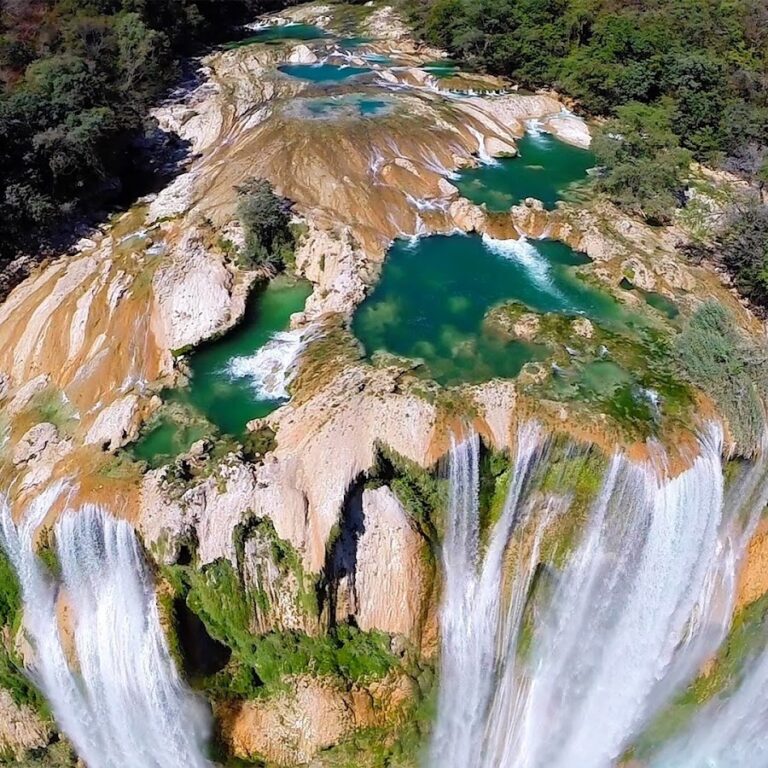
![tamasopo-waterfall-huasteca-potosina-768x512[1]](https://hobbymart.net/wp-content/uploads/2022/05/tamasopo-waterfall-huasteca-potosina-768x5121-1.jpg)
3. Volcán Paricutín
Parícutin is a cinder cone volcano located in the Mexican state of Michoacán, near the city of Uruapan and about 322 kilometers (200 mi) west of Mexico City. The volcano surged suddenly from the cornfield of local farmer Dionisio Pulido in 1943, attracting both popular and scientific attention.
![maxresdefault[1]](https://hobbymart.net/wp-content/uploads/2022/05/maxresdefault1-17-768x432.jpg)

![bf81cbc09ed600e3258a84e1cb5102be[1]](https://hobbymart.net/wp-content/uploads/2022/05/bf81cbc09ed600e3258a84e1cb5102be1-768x576.jpg)
![356546016_00a51e2c52_b[1]](https://hobbymart.net/wp-content/uploads/2022/05/356546016_00a51e2c52_b1-768x575.jpg)
4. Pacific Coastline
Pacific coast may be used to reference any coastline that borders the Pacific Ocean.
![83306796_xxl-w1580_result[1]](https://hobbymart.net/wp-content/uploads/2022/05/83306796_xxl-w1580_result1-768x513.jpg)
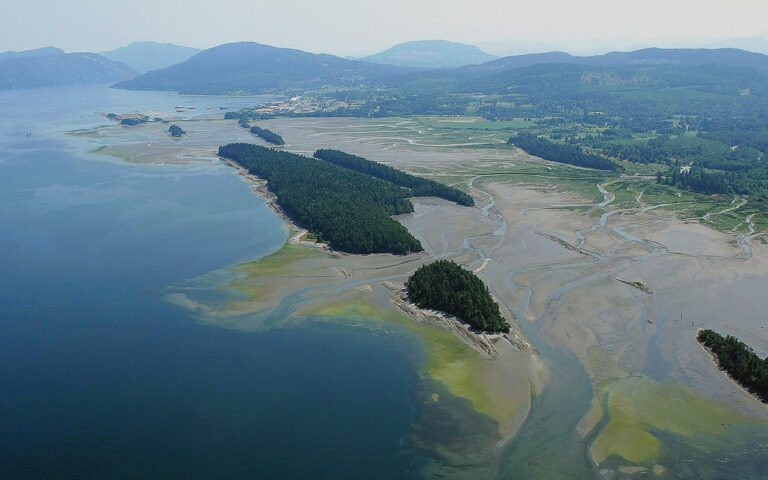
![PacificCoastalHighwayView[1]](https://hobbymart.net/wp-content/uploads/2022/05/PacificCoastalHighwayView1-768x512.jpg)
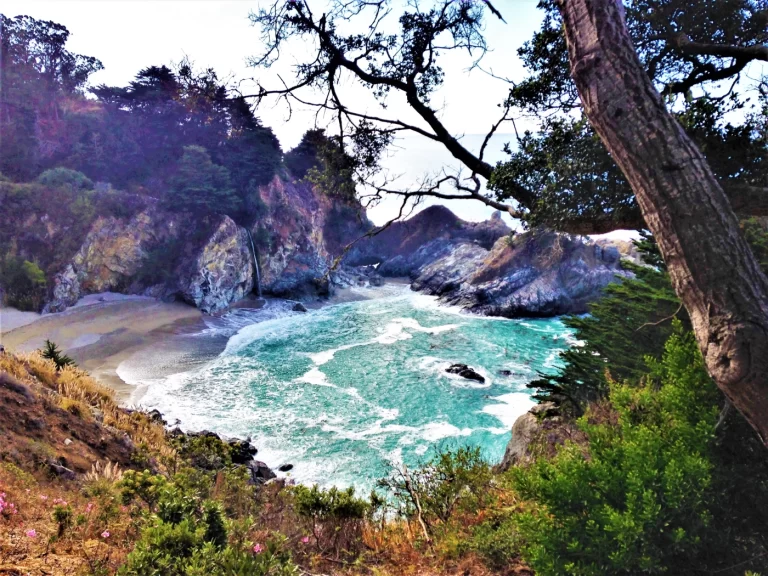

5. Pico de Orizaba
Pico de Orizaba is an inactive stratovolcano, the highest mountain in Mexico and the third highest in North America, after Denali of Alaska in the United States and Mount Logan of Canada. Pico de Orizaba is also the highest volcanic summit in North America. It rises 5,636 metres (18,491 ft) above sea level in the eastern end of the Trans-Mexican Volcanic Belt, on the border between the states of Veracruz and Puebla. The volcano is currently dormant but not extinct, with the last eruption taking place during the 19th century. It is the second most prominent volcanic peak in the world after Africa's Mount Kilimanjaro.
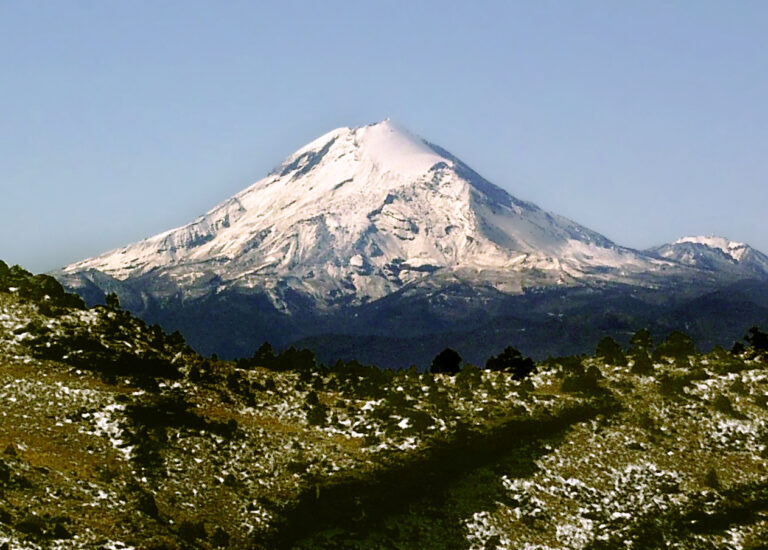
![1302009436_71710b912b_b[1]](https://hobbymart.net/wp-content/uploads/2022/05/1302009436_71710b912b_b1-768x576.jpg)
![483589[1]](https://hobbymart.net/wp-content/uploads/2022/05/4835891-768x243.jpg)
![182651[1]](https://hobbymart.net/wp-content/uploads/2022/05/1826511-768x576.jpg)
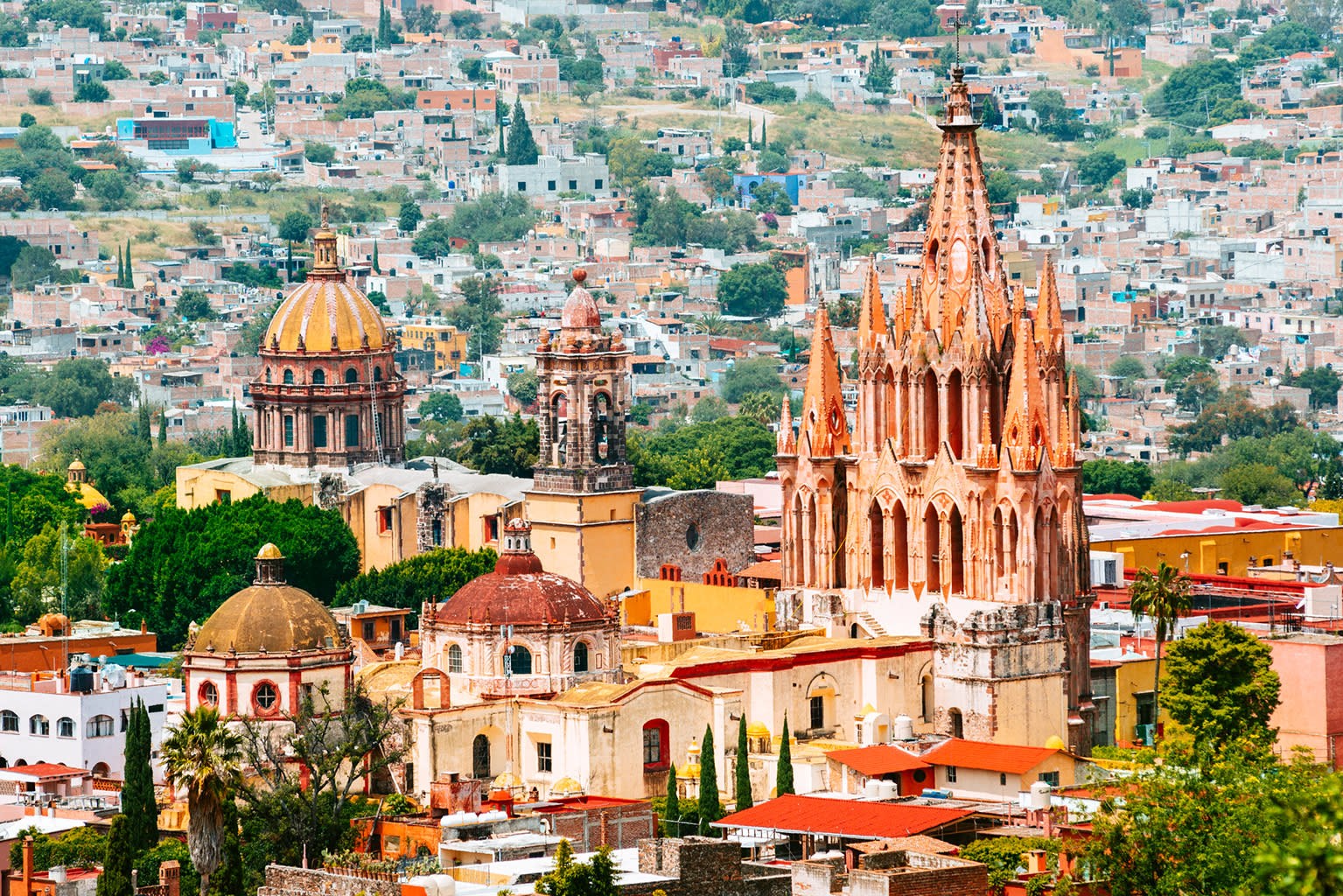
6. San Miguel de Allende
San Miguel de Allende is the principal city in the municipality of San Miguel de Allende, located in the far eastern part of Guanajuato, Mexico. A part of the Bajío region, the city lies 274 km (170 mi) from Mexico City, 86 km (53 mi) from Querétaro, and 97 km (60 mi) from the state capital of Guanajuato. The city's name derives from two persons: 16th-century friar Juan de San Miguel, and a martyr of Mexican Independence, Ignacio Allende, who was born in a house facing the city's central plaza. San Miguel de Allende was also a critical epicenter during the historic Chichimeca War (1540–1590) where the Chichimeca Confederation defeated the Spanish Empire in the initial colonization war. Today, an old section of the town is part of a proclaimed World Heritage Site, attracting thousands of tourists and new residents from abroad every year.
![GettyImages-645313722[1]](https://hobbymart.net/wp-content/uploads/2022/05/GettyImages-6453137221-768x504.jpg)
![IMG_1983[1]](https://hobbymart.net/wp-content/uploads/2022/05/IMG_19831-768x482.jpg)
![47-main-square-of-San-Miguel-de-Allende-by-Jose-Luis[1]](https://hobbymart.net/wp-content/uploads/2022/05/47-main-square-of-San-Miguel-de-Allende-by-Jose-Luis1-768x512.jpeg)
![Parish-Church-Of-San-Miguel-Arcangel-201264[1]](https://hobbymart.net/wp-content/uploads/2022/05/Parish-Church-Of-San-Miguel-Arcangel-2012641-768x432.jpg)

7. Espíritu Santo
Isla Espíritu Santo is an island in the Gulf of California, off the Mexican state of Baja California Sur. It is separated from Isla Partida by a narrow canal. Together, the islands are part of La Paz Municipality and are both a short boat trip from La Paz on the Baja California Peninsula. There was human presence of the island already about 9,000 years ago.
![DJI_0254-HDR-2[1]](https://hobbymart.net/wp-content/uploads/2022/05/DJI_0254-HDR-21-768x548.jpg)
![EspirituSantoIsland[1]](https://hobbymart.net/wp-content/uploads/2022/05/EspirituSantoIsland1-768x331.jpg)

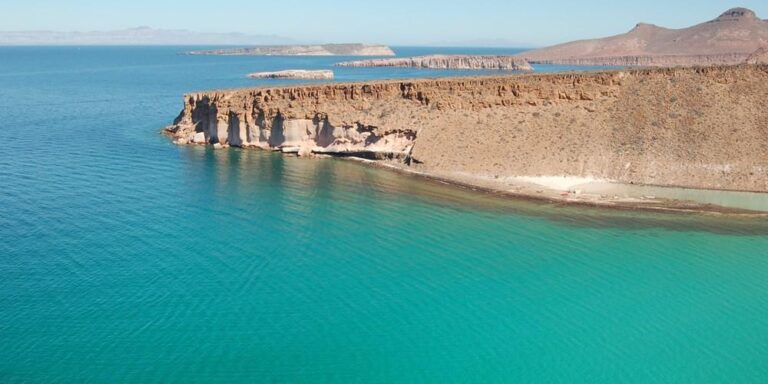

8. Guadalajara
Guadalajara is a metropolis in western Mexico and the capital of the state of Jalisco. According to the 2020 census, the city has a population of 1,385,629, while the Guadalajara metropolitan area has a population of 5,268,642, making it the third-largest metropolitan area in the country. Guadalajara has the second-highest population density in Mexico, with over 10,361 people per square kilometer. Guadalajara is an international center of business, finance, arts, and culture, as well as the economic center of the Bajío region, one of the most productive and developed regions in Latin America.
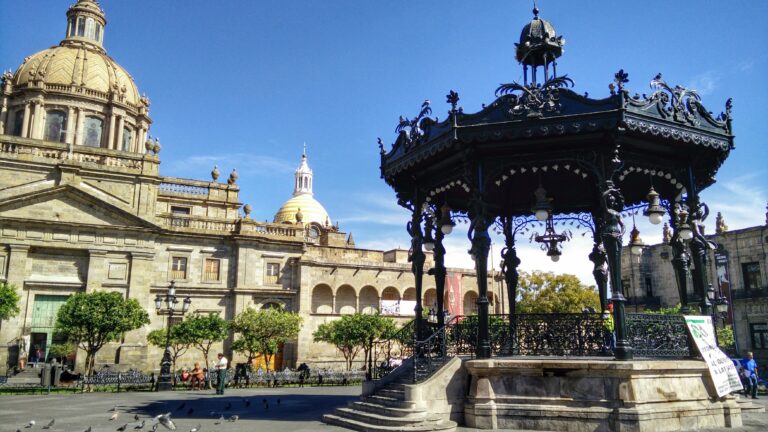
![Guadalajara[1]](https://hobbymart.net/wp-content/uploads/2022/05/Guadalajara1-768x509.jpg)

![cathedral-Guadalajara-Mex[1]](https://hobbymart.net/wp-content/uploads/2022/05/cathedral-Guadalajara-Mex1-768x407.jpg)

9. Tulum
Tulum (Spanish pronunciation: [tuˈlum], Yucatec Maya: Tulu'um) is the site of a pre-Columbian Mayan walled city which served as a major port for Coba, in the Mexican state of Quintana Roo. The ruins are situated on 12-meter-tall (39 ft) cliffs along the east coast of the Yucatán Peninsula on the Caribbean Sea. Tulum was one of the last cities built and inhabited by the Maya; it was at its height between the 13th and 15th centuries and managed to survive about 70 years after the Spanish began occupying Mexico. By the end of the 16th century, the site was abandoned. One of the best-preserved coastal Maya sites, Tulum is today a popular site for tourists.

10. Costa Maya
Costa Maya is a small tourist region in the municipality of Othón P. Blanco in the state of Quintana Roo, Mexico, the only state bounded by the Caribbean Sea to its east. This municipality is close to Chetumal (capital of the state) on the border with Belize. The area was generally undeveloped but has been growing rapidly since construction of a large pier to accommodate cruise ships. Costa Maya is also the name of a subdivision near the village of Mahahual. The beach extends from Xcalak in the south to the southern border of Sian Ka'an in the north, a distance of approximately 100 kilometers (62 mi).

11. Oaxaca City
The city of Oaxaca de Juárez is the capital and largest city of the eponymous Mexican state Oaxaca. It is the municipal seat for the surrounding Municipality of Oaxaca. It is in the Centro District in the Central Valleys region of the state, in the foothills of the Sierra Madre at the base of the Cerro del Fortín, extending to the banks of the Atoyac River. Heritage tourism makes up an important part of the city's economy, and it has numerous colonial-era structures as well as significant archeological sites and elements of the continuing native Zapotec and Mixtec cultures. The city, together with the nearby archeological site of Monte Albán, was designated in 1987 as a UNESCO World Heritage Site. It is the site of the month-long cultural festival called the "Guelaguetza", which features Oaxacan dance from the seven regions, music, and a beauty pageant for indigenous women.

12. Copper Canyon
Copper Canyon is a group of six distinct canyons in the Sierra Madre Occidental in the southwestern part of the state of Chihuahua in northwestern Mexico that is 65,000 square kilometres (25,000 sq mi) in size. The canyons were formed by six rivers that drain the western side of the Sierra Tarahumara (a part of the Sierra Madre Occidental). All six rivers merge into the Rio Fuerte and empty into the Gulf of California. The walls of the canyon are a copper/green color, which is the origin of the name.
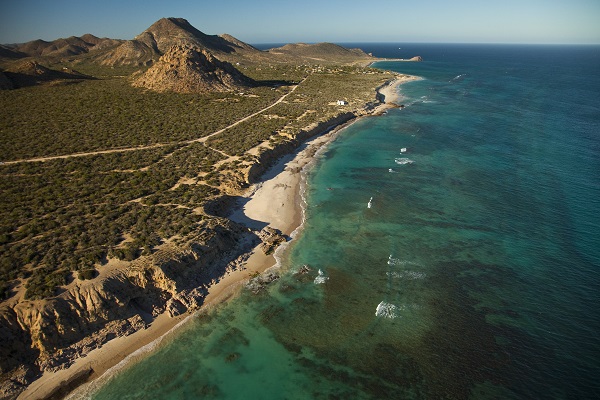
13. Cabo Pulmo
Cabo Pulmo National Park is a national marine park on the east coast of Mexico's Baja California Peninsula, spanning the distance between Pulmo Point and Los Frailes Cape, approximately 100 kilometres (62 mi) north of Cabo San Lucas in the Gulf of California. Bahía Pulmo is home to the oldest of only three coral reefs on the west coast of North America. Estimated to be 20,000 years old, it is the northernmost coral reef in the eastern Pacific Ocean.

14. Mexico City
Mexico City is the capital, largest city of Mexico, and the most populous city in North America. It is one of the country's 32 federal entities. Mexico City is one of the most important cultural and financial centers in the world. It is located in the Valley of Mexico in the high central plateau, at an altitude of 2,240 meters (7,350 ft). The city has 16 boroughs or demarcaciones territoriales, which are in turn divided into neighborhoods or colonias.



